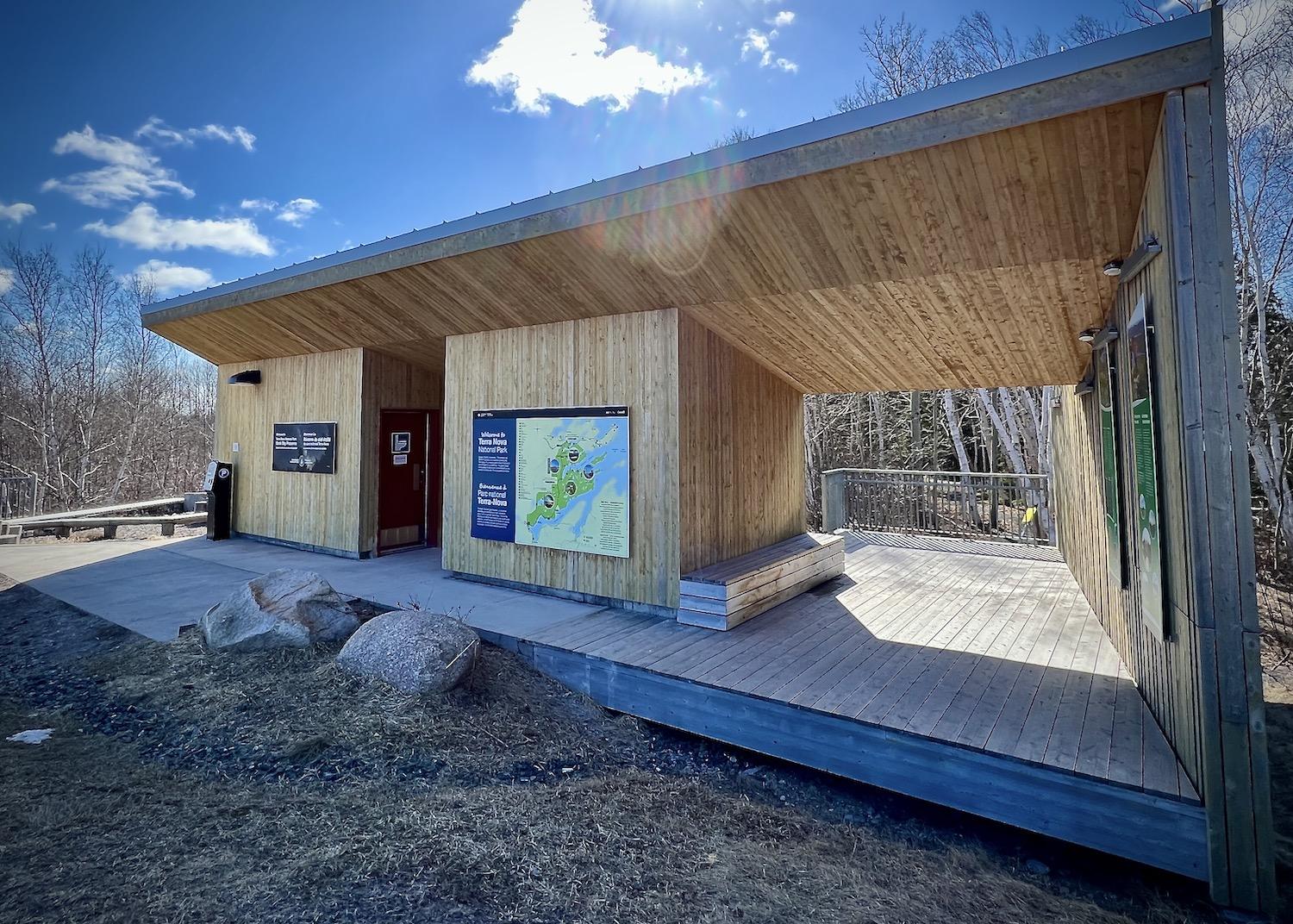
This roadside washroom in Terra Nova National Park is the gateway to the park's shortest hiking trail/Jennifer Bain
For once I wasn’t in a hurry when I pulled off the Trans-Canada Highway and stopped for a bathroom break in Canada’s most easterly national park.
The roadside washroom is a thing of beauty, made of wood with pleasing angles and a covered area where you can sit on a bench and collect your thoughts. It was early spring in Newfoundland and Labrador and since Terra Nova National Park doesn’t formally open until May 19 and many of the access roads were barricaded, I was relieved to find a pit toilet that was not only unlocked but heated.
Back outside with nowhere to be that day, I took time to read the welcome signs and study the map of the park's 13 hiking trails. “There is no bell to ring, so just come on in,” one sign said, a nod to the renowned friendliness of Newfoundlanders. “The wild is waiting.”
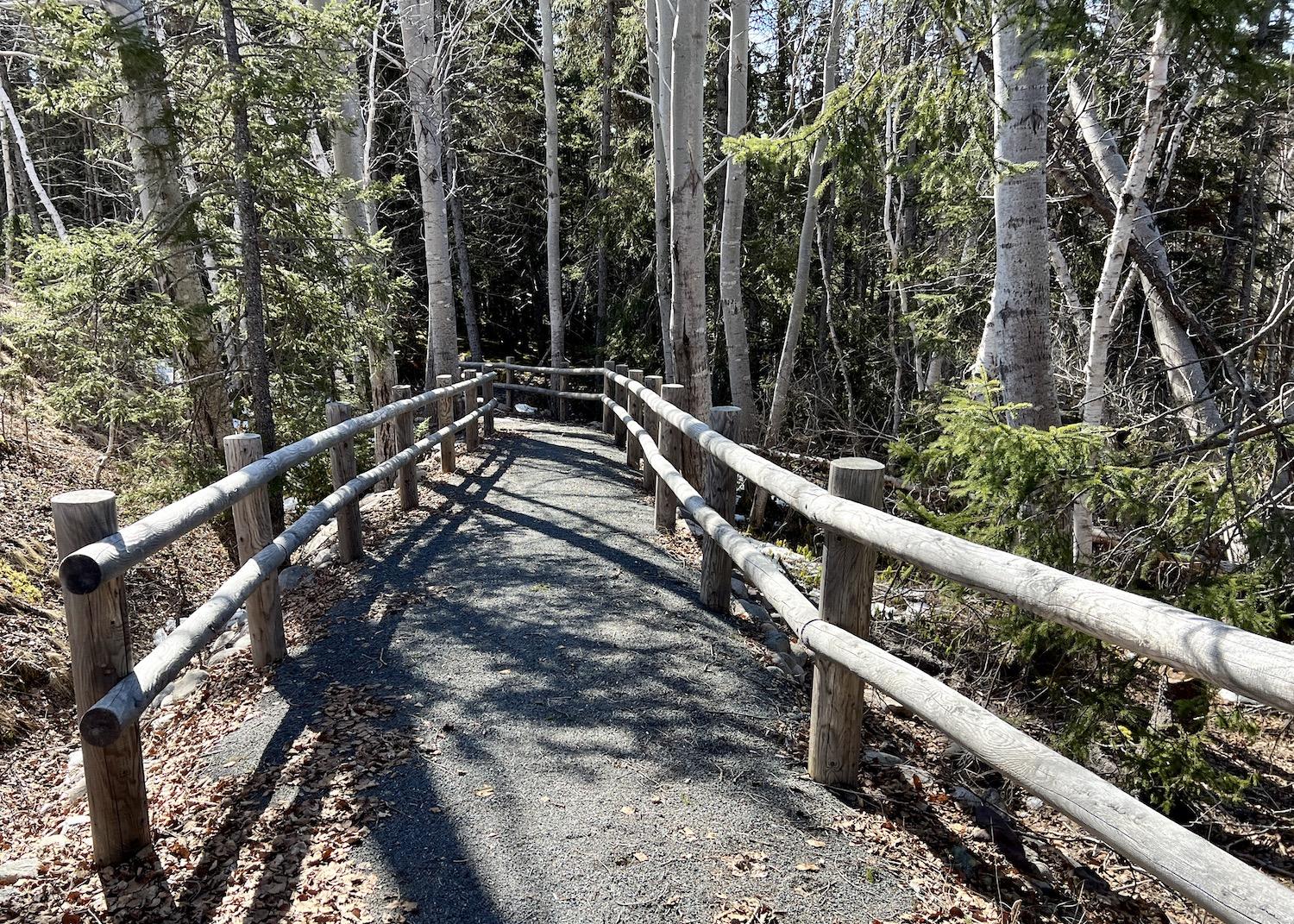
The Salmon River Walking Trail is wheelchair accessible and has gentle slopes/Jennifer Bain
That’s when I realized — six years after I bought a vacation house on Fogo island and started driving straight through Terra Nova on the long journey to get to it — that there was a trail behind the bathroom my family has quickly used countless times at the east entrance to the park.
The Salmon River Walking Trail is 435 metres long — that’s a mere 0.435 kilometres or 0.27 miles. That translates into a nine-minute commitment — less if you don’t linger taking photos.
Established in 1957, Terra Nova is perched on the northeast coast of Newfoundland, a two-hour drive northwest from the provincial capital of St. John’s. It’s an island wilderness at the edge of the North Atlantic Ocean that protects boreal forest, woodlands, bogs, ponds and rugged ocean coastlines. People come to this Dark Sky Preserve to camp, hike, canoe, swim and kayak. In winter, they snowshoe and cross-country ski. You can sometimes see whales and icebergs from shore.
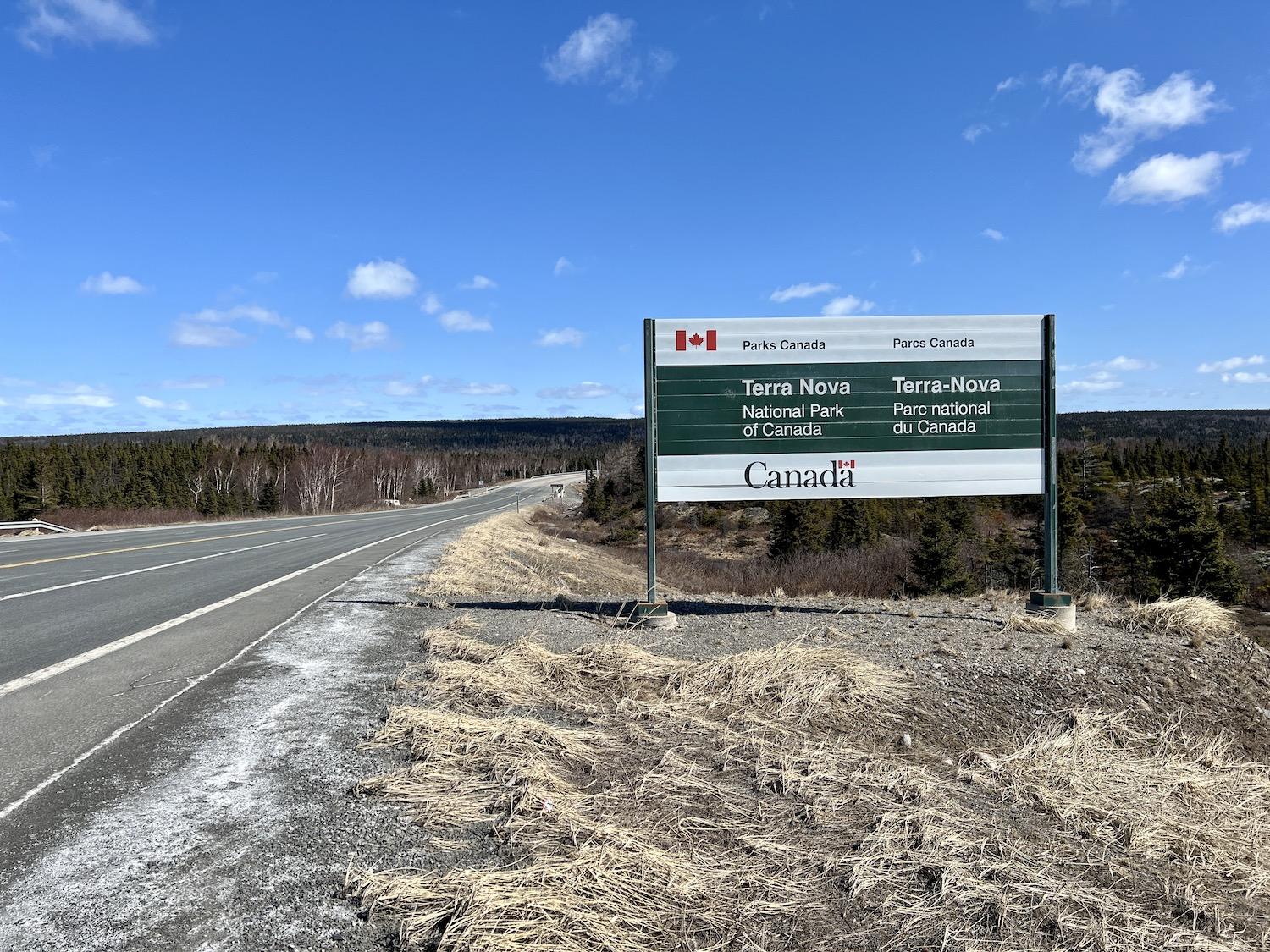
Parks Canada cares for a stretch of Trans-Canada Highway that passes through Terra Nova National Park/Jennifer Bain
Terra Nova was the province's first national park but it is overshadowed by Gros Morne National Park, a UNESCO World Heritage Site with fjords, mountains and a rare outcrop of the Earth's mantle. I’ll confess that I usually just interact with the 43-kilometre (27-mile) stretch of the Trans-Canada Highway that runs the length of Terra Nova and is part of the island’s main transportation corridor.
That finally changed as I set off down the trail behind the restrooms, with icebergs and polar bears on my mind.
See, icebergs that start their lives in Greenland slowly float down to Newfoundland and Labrador to die, and I had just been iceberg hunting from Twillingate to the Bonavista Peninsula and south to St. John's. Polar bears travel the sea ice hunting seals and sometimes come to shore. Several had just been spotted on Fogo Island and in Elliston and Gander Bay, and so I cancelled a series of solo hikes. But I didn't think the apex predators would wander this far inland, and so tackled the Salmon River Walking Trail while just staying alert for moose and black bears.
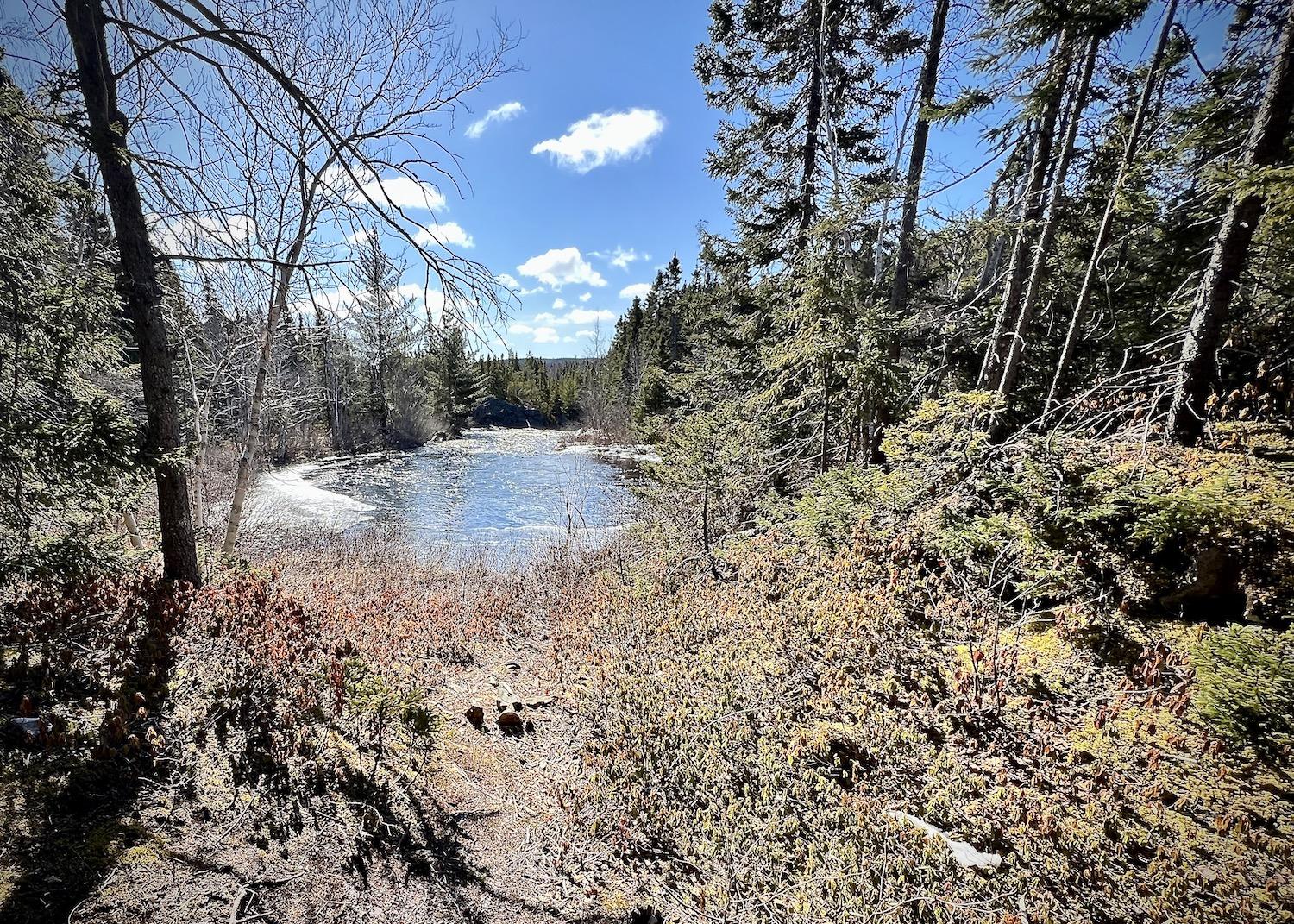
The Salmon River Walking Trail passes a river but isn't on the ocean/Jennifer Bain
There are more than 80 kilometres (50 miles) of hiking trails in Terra Nova ranging, as Parks Canada puts it, from “half-hour strolls to strenuous multi-day hikes.” The funny thing is that the Salmon River Walking Trail (which clocks in at less than 10 minutes) is listed on the map as lucky number 13, but doesn’t merit an actual description on the park’s online hiking page (yet — they're working on it).
AllTrails.com doesn’t let me down though. It says this easy loop is great from April to November for birding, snowshoeing and walking, and promises “it's unlikely you'll encounter many other people while exploring.” One reviewer called the trail a "lovely little jaunt through the boreal forest." Another dissed it as lacklustre but said it's a good place to walk your dog and noted it's wheelchair accessible.
Indeed, I had the trail all to myself and found it to be a lovely little jaunt through the woods.
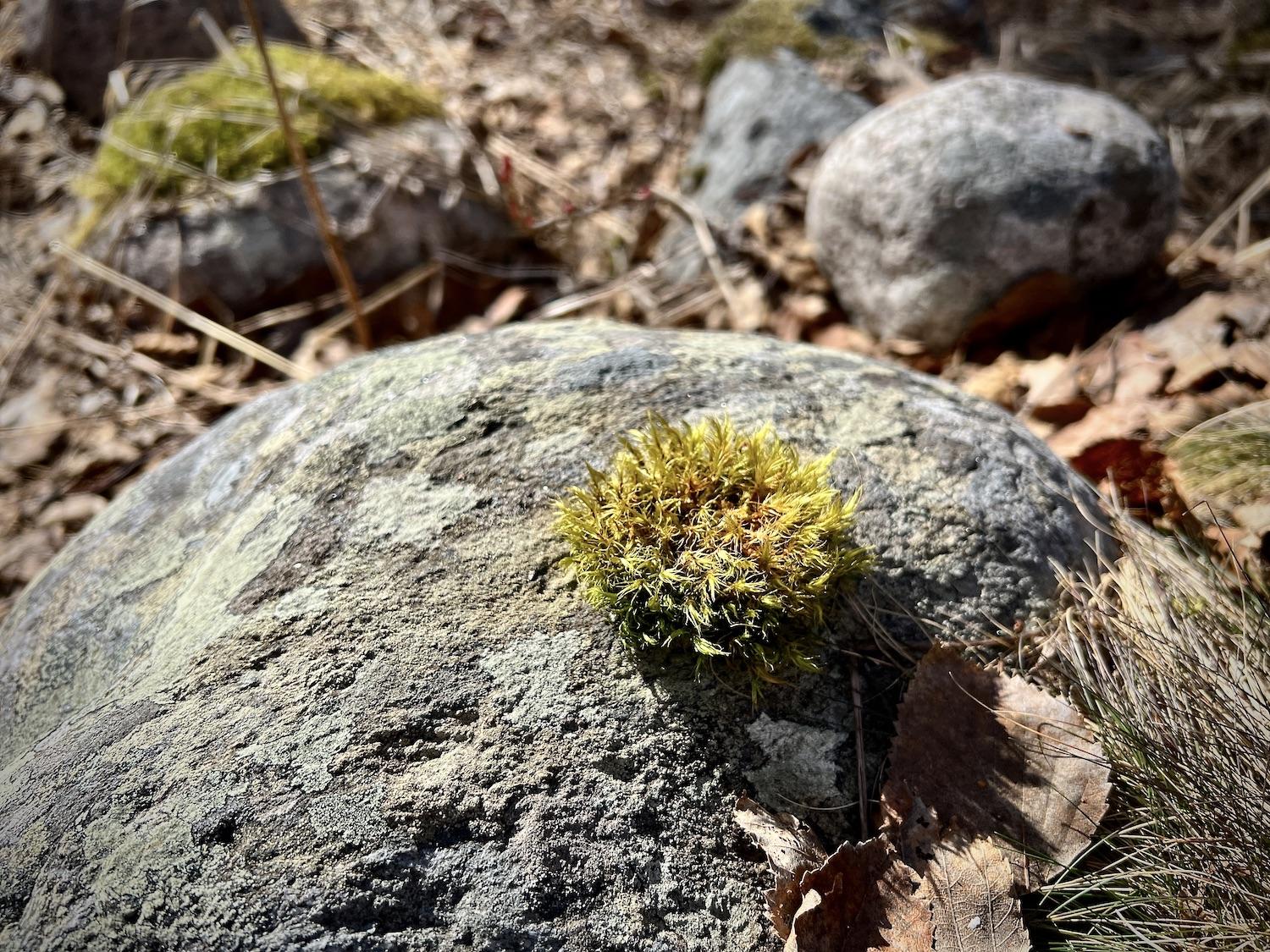
Signs of life in the forest along the Salmon River Walking Trail/Jennifer Bain
The trail started with a gravel path flanked by tree branch railings through an evergreen forest. There were a few footpaths through the mossy forest and a short side path down to the Salmon River.
Luckily there were no moose or bears out that day, and no sign of the threatened Newfoundland marten or endangered Red Crossbill (finches with unique crossed beaks) that call this park home. I didn't know at that time to be on the lookout for boreal felt lichen and blue felt lichen, which are both species of special concern.
I had to navigate over a large patch of path still covered in snow, but enjoyed bursts of green moss clinging to rocks, an abundance of sheep laurel ready to burst to life (even iNaturalist couldn't help identify them), spruce saplings dotting the forest floor and a birch grove finale.
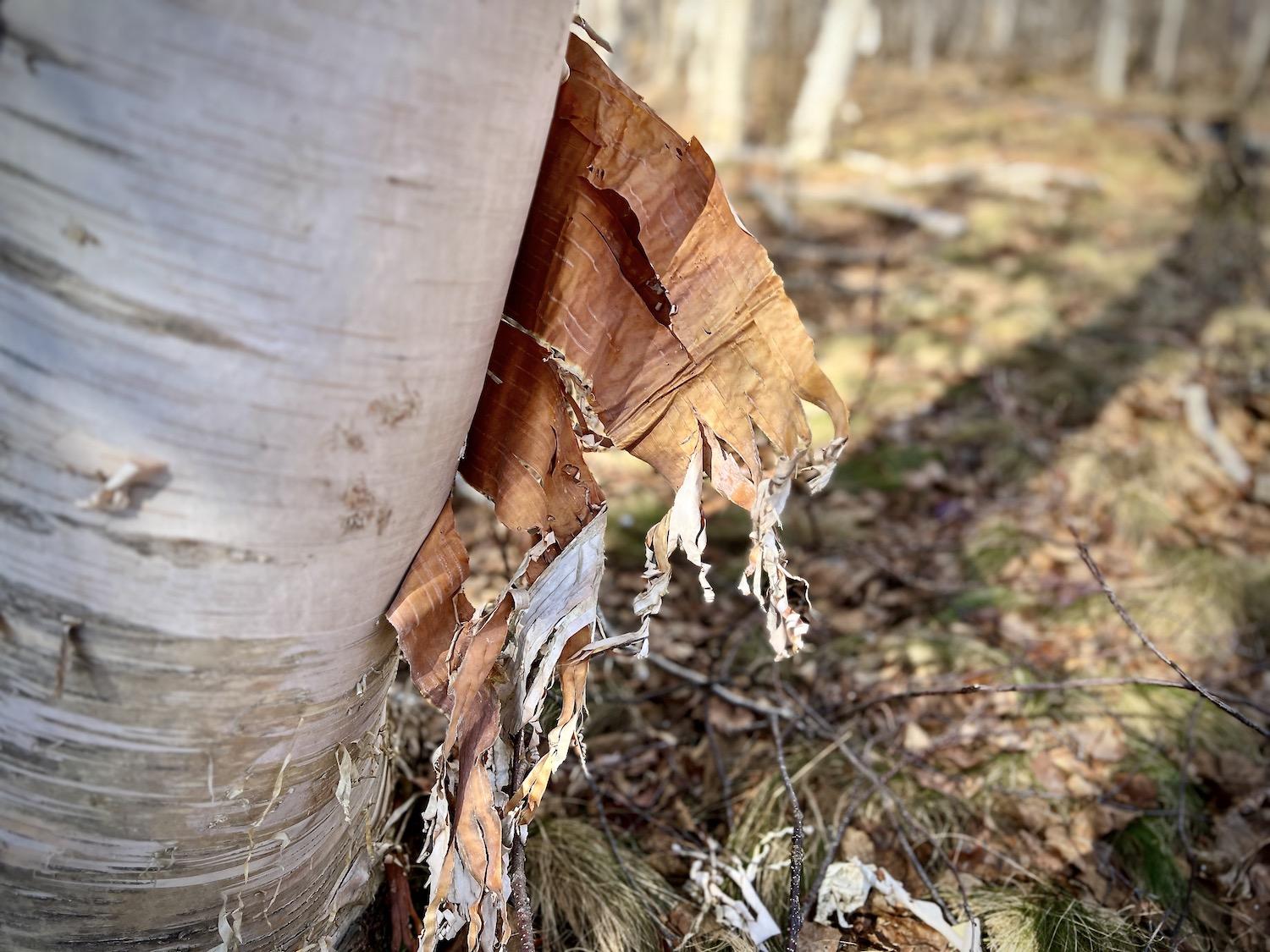
Ragged bits of birch bark hang from a tree in Terra Nova National Park/Jennifer Bain
The Salmon River Walking Trail was such a joy to wander alone that I actually did it twice, not knowing that Louil Hill Trail was 25 minutes away and open year-round.
"We also hope it will encourage and entice people to enjoy the other trails throughout the park," Parks Canada's Sophie Gauthier, promotions officer for the Newfoundland East Field Unit, told me later. "So essentially it acts as a teaser for hiking in Terra Nova National Park."
Heading back to my car, I took note of a pint-sized double slide built discreetly into the slope of a small hill, the plastic a shade of forest green. A nature-inspired play area made of stumps and halved tree trunks called out for kids. Past the four free electric vehicle charging stations, a gorgeous gray boulder with a distinctive white vein had been allowed to remain where it was when the asphalt pavement and concrete sidewalks were installed.
I sat on it for a moment and basked in the spring sun before hitting the road.
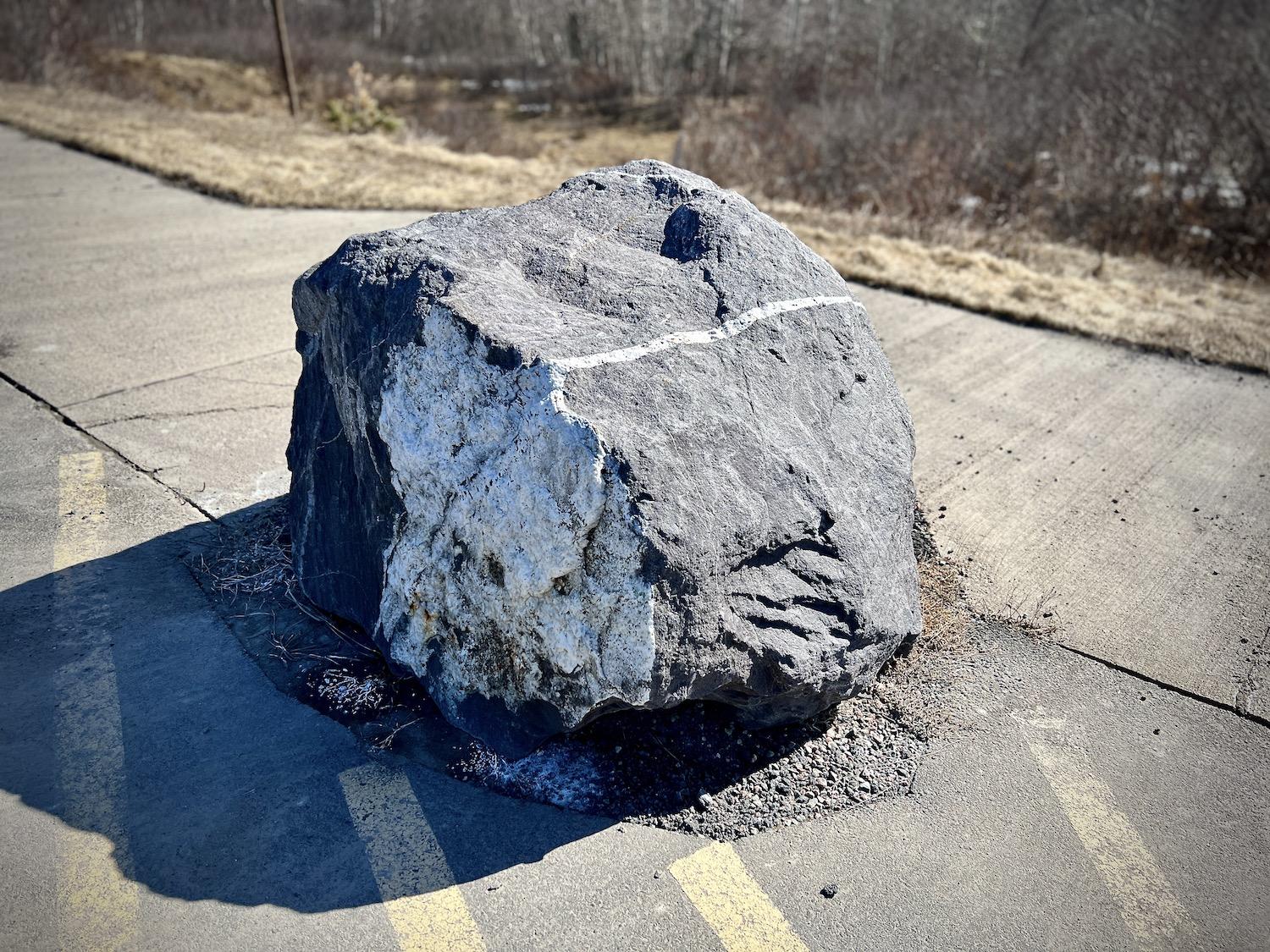
When Parks Canada built a roadside rest stop, it made sure to save this interesting boulder/Jennifer Bain


